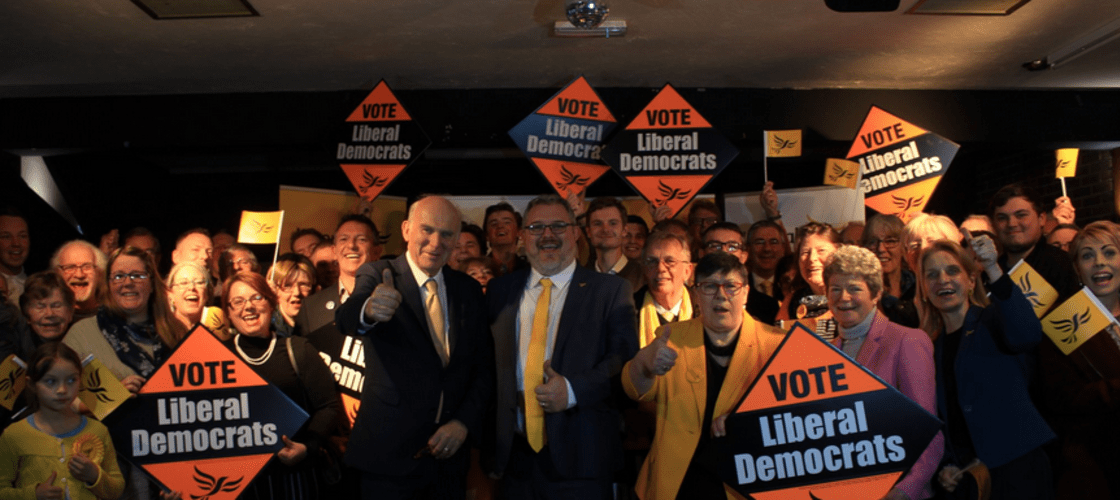With the turbulent nature of Brexit politics, you could have been forgiven for not knowing who to throw your weight behind during the European elections. With the classic two main parties appearing a little lacklustre recently coupled with the arrival of the all-new Change UK and Brexit party, the water had indeed been muddied. When the results came out it was clear that the Lib Dems and Farage’s Brexit party had come out on top. The Liberal Democrats finished with 16 MEP seats and came in second while the Conservatives had their worst result in 200 years.
So where did the Lib Dem success come from? Former Liberal Democrat minister Sir Ed Davey suggested that the success in the European elections demonstrated that the British public want a final say on the issue of Brexit. While Labour and the Tories were being accused of lacking clarity about their stances on a no deal Brexit or second referendum. The Lib Dems made clear in their electioneering that they had spent three years ‘campaigning for a People’s Vote with an option to remain in the EU’ and fittingly titled this campaign ‘Bollocks to Brexit’.
On its surface, their success seems like a comeback for the middle ground in British politics. The success of the Alliance party leader Naomi Long (the Lib Dem’s sister party) in Northern Ireland, who achieved one of three MEP seats available also suggests that the middle ground could be becoming stronger thanks to public dissatisfaction with the classic two-party system.
However, I feel like this election was fought on a different understanding entirely. It was in fact Farage’s right-wing Brexit Party who came out in first place with 29 MEP seats. So, a return to the middle ground isn’t apparent nor is the complete death of the two-party system. Instead, the public voted for two different parties who each represented either a wish for a second referendum or pushing through with leave. In this election the Liberal Democrats were not representing the middle ground but the hard-line remain stance of the 48%.
Tactical voting practiced by remain campaigners exemplifies the movement of remain support behind the Lib Dems. Gina Millar played her part in fostering support for pro-EU parties through a website outlining who had the best chance in each region (where the Lib Dems were predicted as the best bet for remain voters in England). Meanwhile, Alister Campbell (and other Labour members) admitted voting Lib Dem not out of a wish to desert their party but as a way to express their pro-remain sentiment while the Labour party fails to deliver. This success means the party looks to finally be recovering from public disappointment surrounding Nick Clegg’s failed promises. As Cable recently stated ‘we have rebuilt the Liberal Democrats. I will be proud to hand over a bigger, stronger party’.
In the end, this election success is something for the Liberal Democrats to be proud of. In the current climate it appears that clear description of a party’s stance on Brexit is appreciated by the voting public and has ensured that their current YouGov statistics would put them in first place if a general election were held tomorrow. The public seem to have made a change and rather than focusing on classic party ties they have rejected the usual right or left- wing system, they have rejected compromise and favour those who take a clear stance for one side of the debate. Former Lib Dem leader Paddy Ashdown once stated that ‘politics is compromise’ but it appears at the moment that his party’s unwillingness to compromise on Brexit is paying off.
Image Credit: Liberal Democrats

